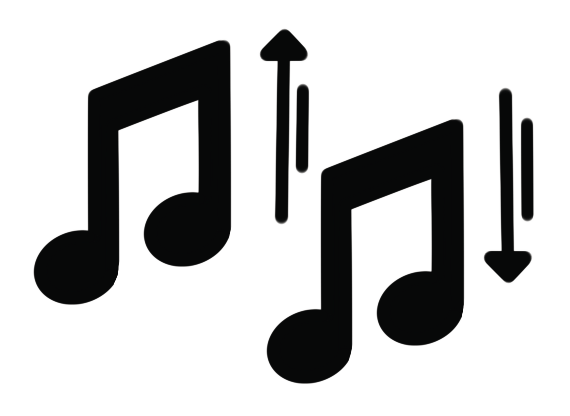Singing and playing raags
I can sing and play notes from a raag.
Singing and playing raags
I can sing and play notes from a raag.
These resources will be removed by end of Summer Term 2025.
Lesson details
Key learning points
- In Hindustani classical music, a raag is the melodic part of the music.
- When playing Hindustani classical music, you can only play the notes that belong to the raag you are playing in.
- Raag Bhupali has 5 notes. Different raags have different numbers and combinations of notes.
- In a raag, aaroh is the name of the ascending scale and avaro is the name of the descending scale.
Keywords
Sitar - a stringed instrument from India on which the raag is commonly played
Raag - musical notes used to make a composition (from Sanskrit language meaning ‘to colour’)
Saptak - the seven notes in Indian classical music - Sa, Re, Ga, ma, Pa, Dha, Ni
Common misconception
There are only one set of names we use for notes in a scale
We can use pitch names of C, D, E, F, G, A, B. We can use the solfège of do, re, mi, fa, so la, ti, and in Hindustani classical we use the sargam of sa, re, ga, ma, pa, dha ni. These are not fixed - meaning 'do' or 'Sa' don't have to be 'C'.
To help you plan your year 4 music lesson on: Singing and playing raags, download all teaching resources for free and adapt to suit your pupils' needs...
To help you plan your year 4 music lesson on: Singing and playing raags, download all teaching resources for free and adapt to suit your pupils' needs.
The starter quiz will activate and check your pupils' prior knowledge, with versions available both with and without answers in PDF format.
We use learning cycles to break down learning into key concepts or ideas linked to the learning outcome. Each learning cycle features explanations with checks for understanding and practice tasks with feedback. All of this is found in our slide decks, ready for you to download and edit. The practice tasks are also available as printable worksheets and some lessons have additional materials with extra material you might need for teaching the lesson.
The assessment exit quiz will test your pupils' understanding of the key learning points.
Our video is a tool for planning, showing how other teachers might teach the lesson, offering helpful tips, modelled explanations and inspiration for your own delivery in the classroom. Plus, you can set it as homework or revision for pupils and keep their learning on track by sharing an online pupil version of this lesson.
Explore more key stage 2 music lessons from the Compose and Create: improvising within Hindustani classical music unit, dive into the full secondary music curriculum, or learn more about lesson planning.

Equipment
Glockenspiels - 1 between 2 as a guide.
Licence
Starter quiz
4 Questions
tabla
sitar
tanpura
tune
constant sound
rhythm
layers of sound

Exit quiz
4 Questions
the rhythm cycle
the set of musical notes to use for a composition or improvisation
the constant sound
tabla
sitar
tanpura



